Digging out core samples are a common experiment these days in Antarctic ice. So what exactly is a core sample?
It's a super long shaft of ice—often many metres in length— that is removed from the caps in Antarctica. This frozen tube is a window into the past, as the ice at its base is usually around 800,000 years old. By examining it, researchers can learn about the composition of water and the atmosphere when it was made. This is a great way to try and understand more about how the atmosphere today has changed and how that might be linked to global warming.
Scientists examine an ice core sample. (Getty Embed)
But after the core has been pulled out and the science is done, you're left with a slim 90-metre (295-foot) long borehole leading to nowhere. Does that sound "bore"ing to you? If so, you're not thinking hard enough!
PKEW!!
Thankfully, the scientists on one of the missions figured out a good use for one of the holes in Antarctic ice. They dropped a chunk of ice down it!
Can you imagine what it sounds like? Even with our description, we think you'll be pretty surprised!
Enjoy!
??Sound ON??
When #science is done, it's fun to drop ice down a 90 m deep borehole in an #Antarctic ?? #glacier ❄. So satisfying when it hits the bottom.
Happy hump day. pic.twitter.com/dQtLPWQi7T
— Peter Neff (@peter_neff) February 28, 2018
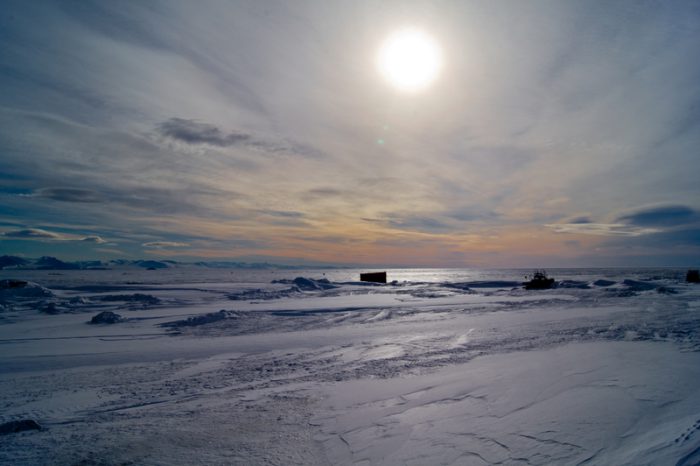 Want to know what happens when you cut a deep hole in Antarctic ice, and then drop something down it? (Ulteriormotors | Dreamstime.com)
Want to know what happens when you cut a deep hole in Antarctic ice, and then drop something down it? (Ulteriormotors | Dreamstime.com)

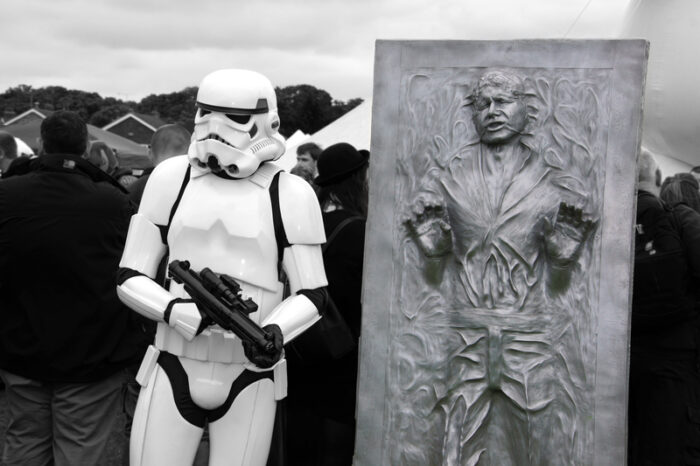


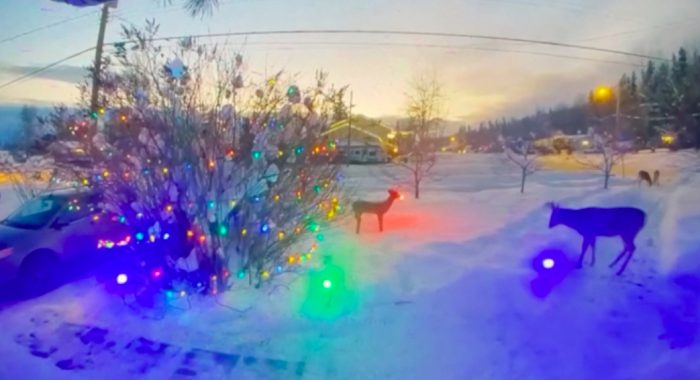
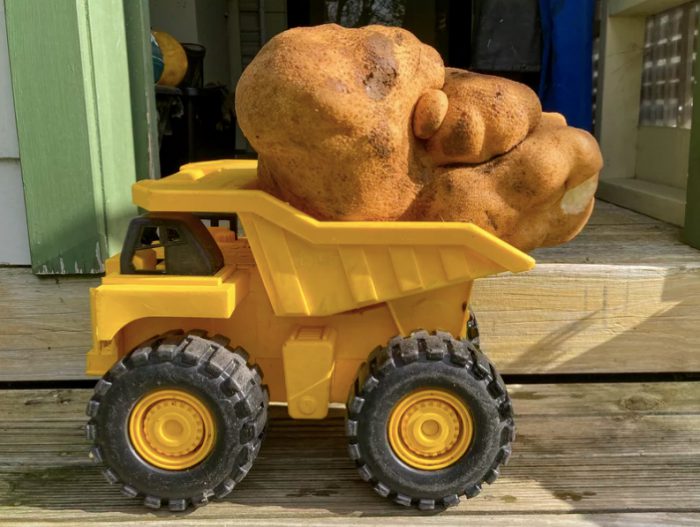



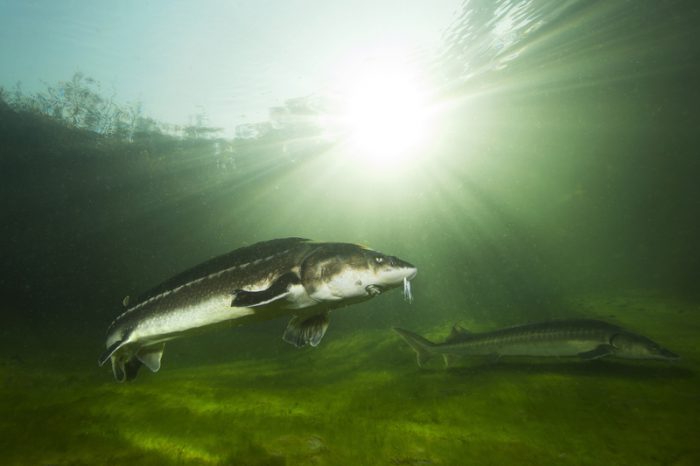
what the…? this makes no sense 😐 ❗ ❓
🙂 🙂 😡 😆 😥 😆 😆 so satisfeing
Huh?? ❓
OMG ?…….
woah 😮
woah 🙂